Beetle epidemic increases frequency, severity of peak stream flows
VICTORIA – Government and industry should implement preventative measures to counter the more frequent extreme peak flows in streams as a result of the mountain pine beetle epidemic, according to a Forest Practices Board special investigation released today.
The investigation used the Baker Creek watershed as a test case. Baker Creek, west of Quesnel, is a tributary to the Fraser River, where 75 per cent of the pine trees have suffered from mountain pine beetle infestation. The board used a well-established computer model, customized by UBC researchers to examine the pine beetle effect, for the report. Using a 40-year record of streamflows in Baker Creek, the model simulates expected changes in stream flow following the beetle attack and salvage harvesting.
The model indicates the MPB epidemic will increase stream flow by 60 per cent; clearcut salvage logging of beetle-infested trees could result in as much as a 92 per cent increase in stream flow, depending on the extent of the cut. According to the model projections, flood events that used to occur at 20-year intervals are now likely to take place every three to five years.
“Watershed assessments, which are no longer required under provincial legislation, are needed to help resource managers develop strategies for protecting drinking water, preserving fish habitat and preventing flooding,” said board chair Bruce Fraser. “Industry should re-evaluate bridges and culverts to anticipate the projected increase in stream flows from beetle-infested watersheds.
“More fundamentally, we need to consider hydrological impacts when planning harvesting in watersheds impacted by the beetle epidemic. The economic objective of salvaging beetle-killed trees quickly, before they lose value, needs to be balanced against the hazards created by higher stream flows.”
Trees modify stream flow by intercepting snow in the canopy and returning it to the atmosphere, thus reducing the amount of snow reaching the ground. In the spring, forest shade reduces snow melt rates. Beetle-killed trees are less effective in providing shade and interception, while clearcut salvage logging removes this effect completely.
“It’s important to stress that there is no simple solution for resource managers facing the difficult choices resulting from the pine beetle crisis,” said Fraser. “Even if we stopped all salvage logging tomorrow, the standing dead trees would be vulnerable to fires, which would have a similar effect on peak flows and could also increase the risk of contamination in streams.”
The Forest Practices Board is B.C.’s independent watchdog for sound forest and range practices, reporting its findings and recommendations directly to the public and government. The board:
Erik Kaye
Communications
Forest Practices Board
Phone: 250-356-1586 or 1-800-994-5899
